Nursing a broken heart after the demise of a relationship, Icelandic film maker Erlingur Ottar Thoroddsen turned the focus back to his first love: film.
“I’d just gone through a break-up, lost a big job making another movie and was forced to move from New York back to Iceland,” he explains from Los Angeles, where he’s currently in transit.
“It was a really low point in my life and I either had to feel sorry for myself, or do something about it. The process of writing a film was great for dealing with everything going on in my mind and getting out of the hole I was in.”
The result is Rift (Rökkur), a haunting — and horrifying — thriller that delves deep into the human psyche and explores a world both familiar and alien, where no one is his true self.
Shot in 15 days on a shoestring budget around the Snæfellsnes Peninsula in western Iceland, it traces the lives of Gunnar (Björn Stefánsson) and Einar (Sigurður Þór Óskarsson) after their relationship has come to an end.
When Gunnar receives a late-night drunken phone call from Einar, he travels to his family home in the middle of nowhere.
From there, the Pandora’s box of nightmares begins, and everything changes.
It’s a far cry from the usual boy-meets-boy, boy-and-boy-fall-in-love pattern that’s become all too common in queer cinema, but Erlingur, who also wrote and directed the film, Child Eater, happily admits to enjoying scaring audiences, and himself.
“I watch a lot of horror movies, and I still get scared by them,” he says. “But I also think that fear is a communal thing: we all feel it, but there are so few options to get it out in a healthy way.”
That said, Rift was also partly a response to a lack of queer cinema coming out of Iceland (a sentiment felt not only by Erlingur, given that Heartstone was also released around the same time).
“Before these two films were released, Iceland had gone through a kind of drought,” Erlingur says.
“I hope things will change, and I really think the only way that will happen is if we have more queer voices making films.”
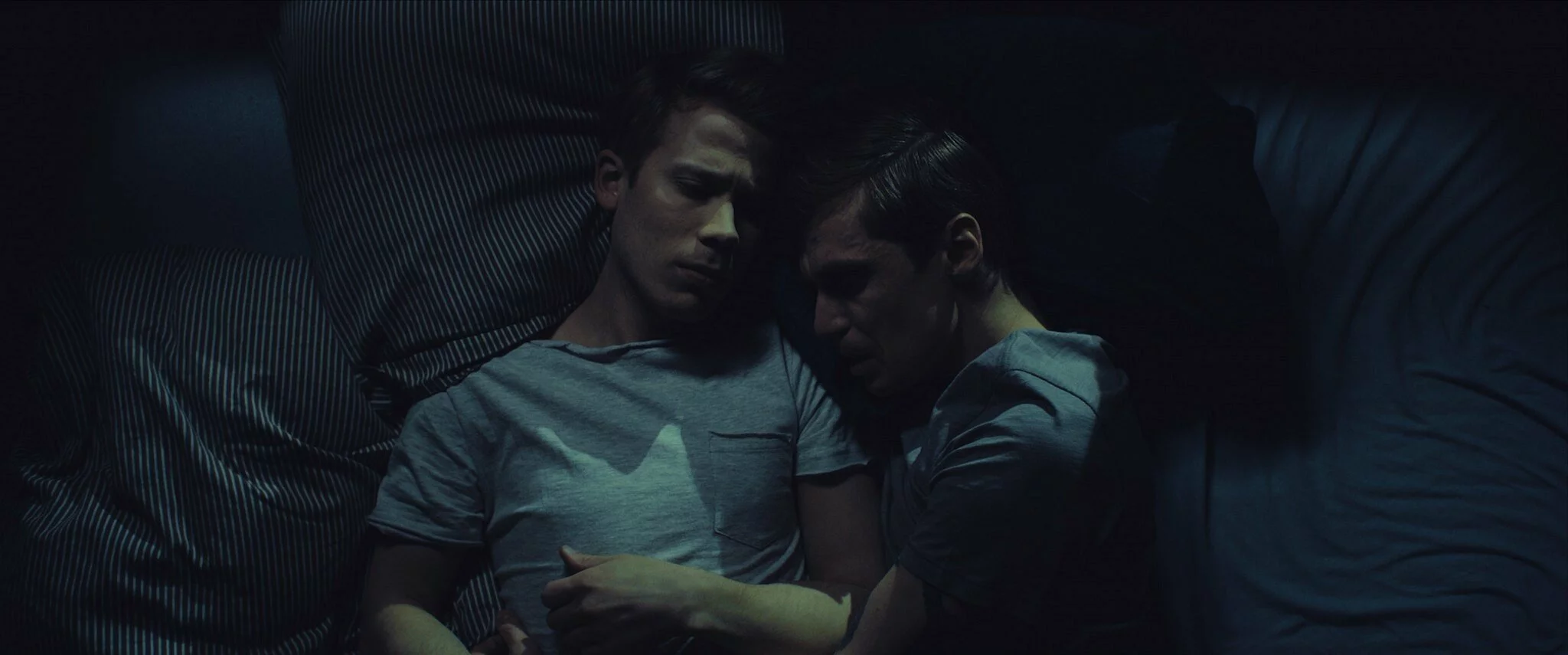
A scene from Rift
Googling Rift, one of the first results that displays is “Rift movie explained.” Suffice to say, this is not a film where everything is tied together neatly with the airtight denouement of an Agatha Christie whodunnit.
“Today, there is so much cinema and TV that we watch and forget about immediately after,” he admits. “I wanted to do something more challenging and see how far I could go without explaining certain things.”
As for a right or wrong response to the film, Erlingur is philosophical.
“When people tell me what they think happened, 85 per cent of the time that’s what I had in mind,” he says.
“Then there are times they say something I’ve never even thought of, but it makes sense. Sometimes I totally disagree with the interpretation, but I’m not going to tell people they’re wrong – especially if they’ve gotten something out of it.”

Rift explores isolation in many forms.
Growing up in Iceland, the young Erlingur developed a love of film from an early age. A career in acting was his first impulse, only to realise he preferred writing and directing.
He speculates that part of his interest in the dark side of life may lie in his roots. “Iceland is a country with a long history of creepy folk law, ghost stories and our own mythologies … we like to scare ourselves,” he says.
It’s hard to find a more picture-perfect country than Iceland, yet this remote emptiness also lends itself to a haunting, voyeuristic quality that Hitchcock would have surely delighted in.
“Nature is stark here: you get a feeling of being very alone in a big, vast space and start to wonder who or what else could be out there with you,” Erlingur says.
Anyone who’s seen Rift will know exactly what he’s talking about.
And for those who haven’t, a word of warning: you might want to look under your bed before you go to sleep tonight.
MY SCANDINAVIA: Erlingur’s five favourite spots
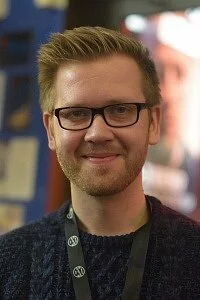 Göteborg, Sweden: Specifically the Draken Theater, which is where we had our world premiere of Rift last year. The city is beautiful and exciting, but I think it will always be a special place for me because after so much hard work, it was where we finally showed it to the public, and sold out the 700-seat Draken Theater twice in one weekend. Really good times!
Göteborg, Sweden: Specifically the Draken Theater, which is where we had our world premiere of Rift last year. The city is beautiful and exciting, but I think it will always be a special place for me because after so much hard work, it was where we finally showed it to the public, and sold out the 700-seat Draken Theater twice in one weekend. Really good times!
Álftanes, Iceland: The town where I grew up. It’s kind of a mix between the countryside and suburbia — it’s a little peninsula about 20 minutes away from Reykjavík. It was always windier there than anywhere else. As kids we had easy access to a black sand beach, and could ice skate on ponds in the winter.
Snæfellsnes, Iceland: This is where we shot Rift. Very special, kind of spooky place. There are a few small towns scattered around, but when you are out on this peninsula, you feel far removed from the rest of the world. I think everyone who goes out there will remember it forever; it has some sort of strange energy. And the look of the landscape changes drastically from summer to winter.
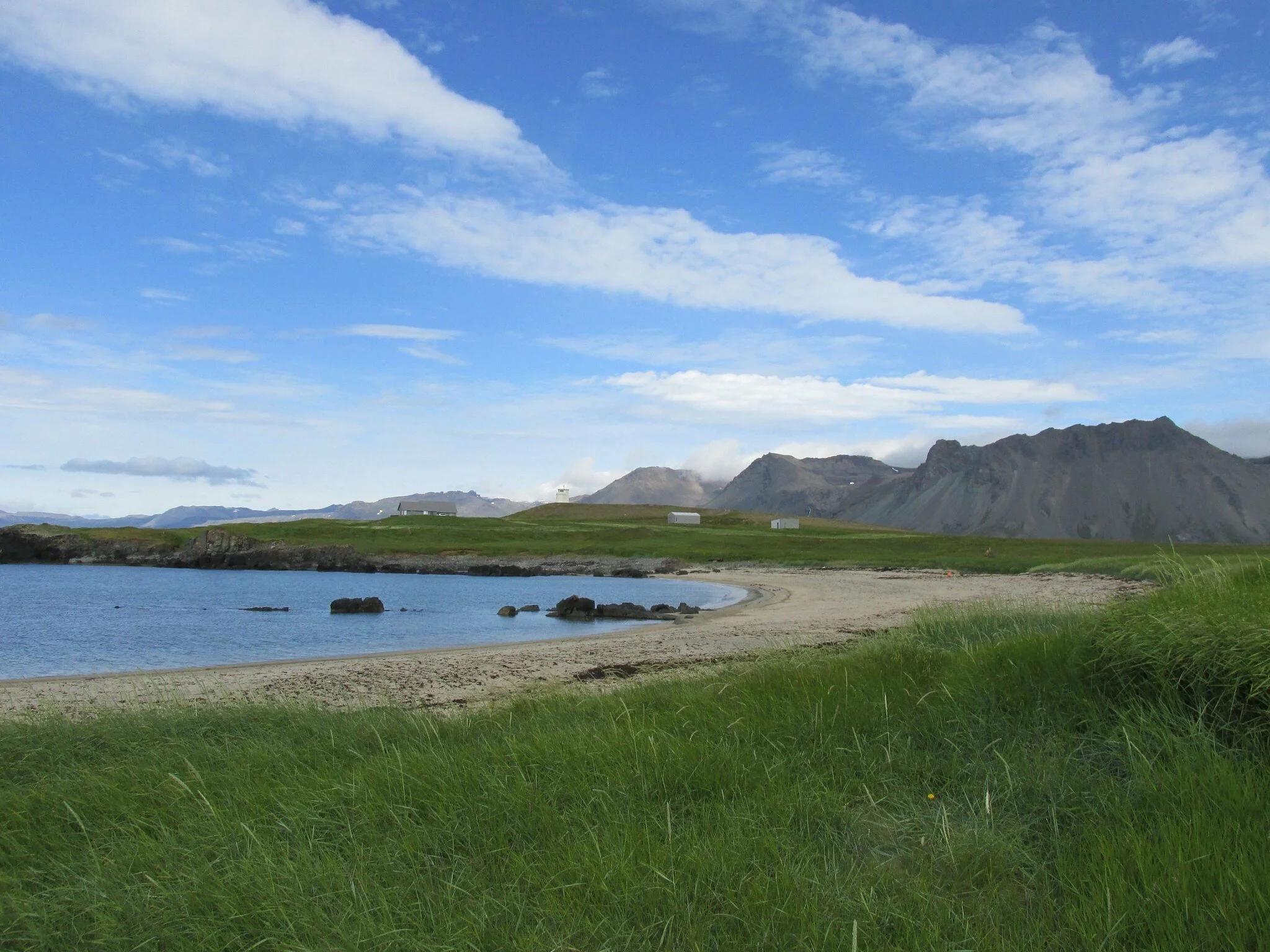
Snæfellsnes (Photo by Mitchell Jordan)
Copenhagen, Denmark: This is the Scandinavian city I’ve been to the most, and it always feels like home. I love the bicycle culture, the fashion, the mix of small town and big city feeling. The architecture is beautiful, and as an amusement park enthusiast, I always love checking out Tivoli when I can.
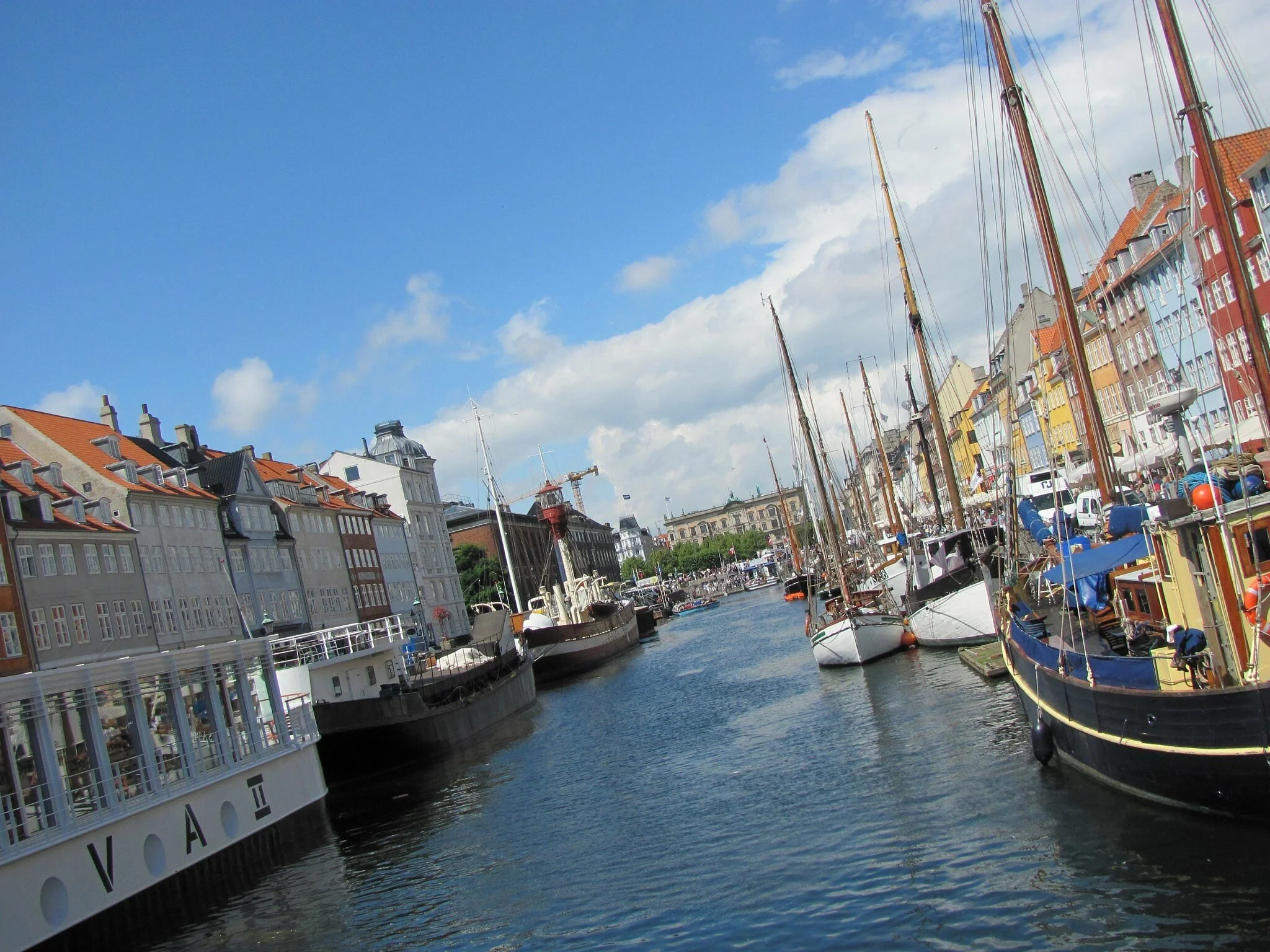
Nyhavn in Copenhagen (Photo by Mitchell Jordan)
Stofan, Reykjavík: This is my favorite café in Reykjavík. It is downtown and perfect for every occasion – for casual or professional meetings, for writing, or just for hanging out. They usually have a pretty great soup of the day, too, which pairs perfectly with a happy hour drink!
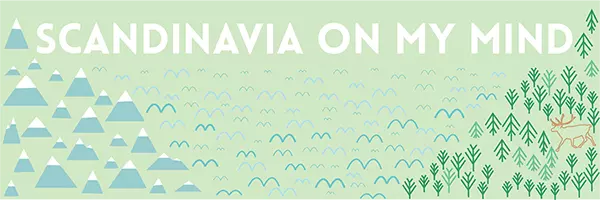
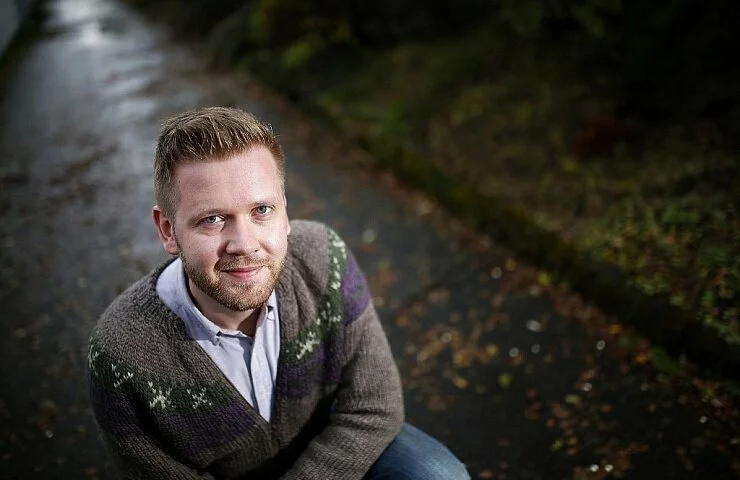
Leave a Reply